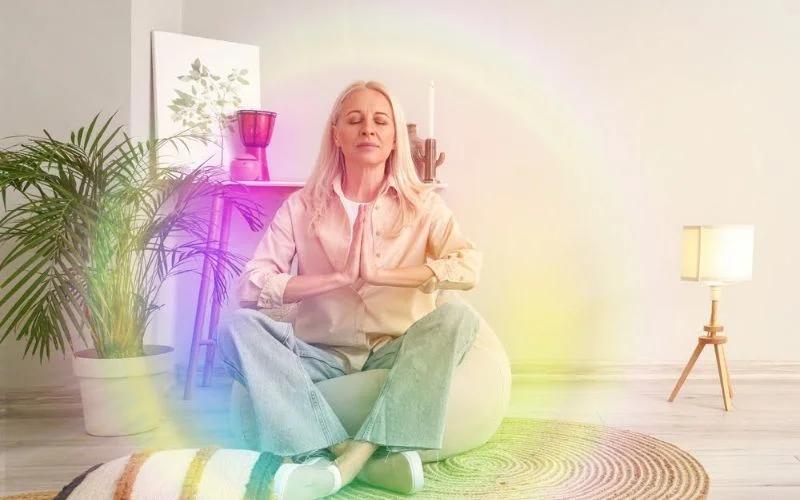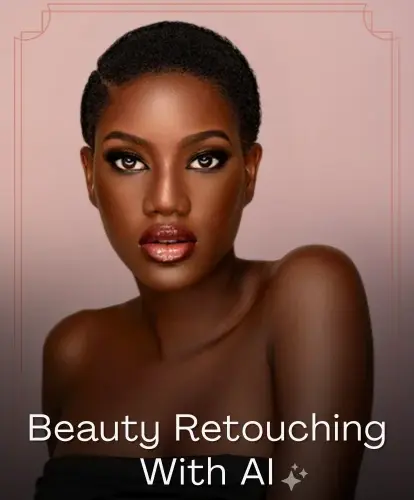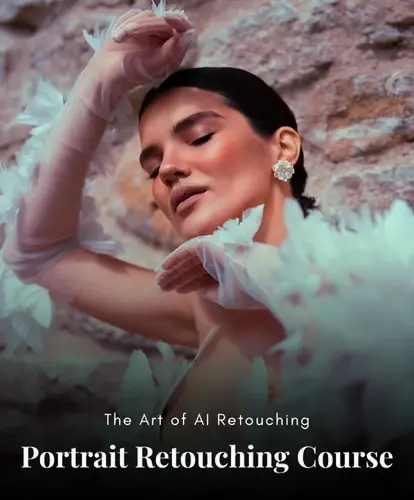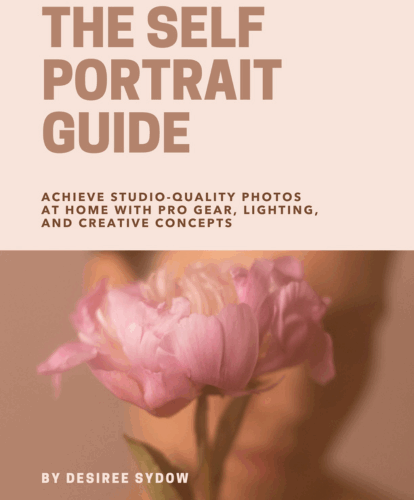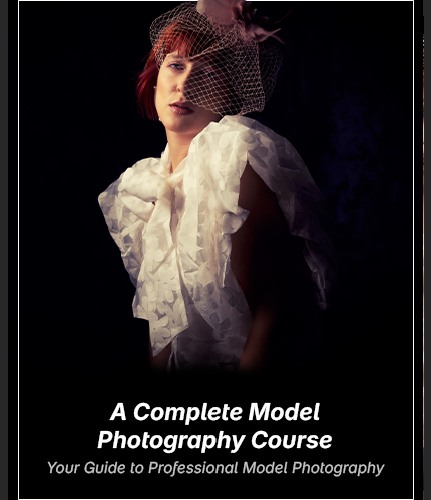You might have heard the word aura but what is aura photography all about? It’s essentially a process of capturing invisible energy and making the intangible tangible.
It is an art, science, and spirituality practice that takes pictures of energy fields emanating from living beings. Aura pictures reveal the spiritual imprint of a living being in the form of a multicolored aura.
This complete guide to aura photography will help you understand how it all works. It will also teach you how to read an aura photo and interpret the meaning of your aura.
Table of contents
- The Connection of Aura Photography and Your Psychic Self
- How Does Aura Photography Work?
- Aura Colors and Meanings: Decoding Your Energy Spectrum
- How to See Your Aura and Move Into Aura Photography?
- How Do You Take Advantage of An Aura Photography Camera?
- How to Read Aura Photo: A Step-by-Step Guide
- Are Aura Colors Important for Personal Growth?
- Common Misconceptions about Aura Photography
- Incorporating Aura Insights into Daily Life
- Conclusion
- Frequently Asked Questions
The Connection of Aura Photography and Your Psychic Self

Aura photography involves special cameras—many of them biofeedback-enriched—to capture electromagnetic fields radiated by the body. To discover more about your aura and its correlation with your psychic self, you can experiment with many web services, such as Nebula Psychic Reading.
When you combine the camera’s color readings with some psychic instincts, those sessions truly give you the whole picture: you receive wonderful color information along with the observation of an expert reader.
This combination allows you not only to see how your aura appears, but why the particular colors are emerging as well as how you can harness that power for development.
How Does Aura Photography Work?
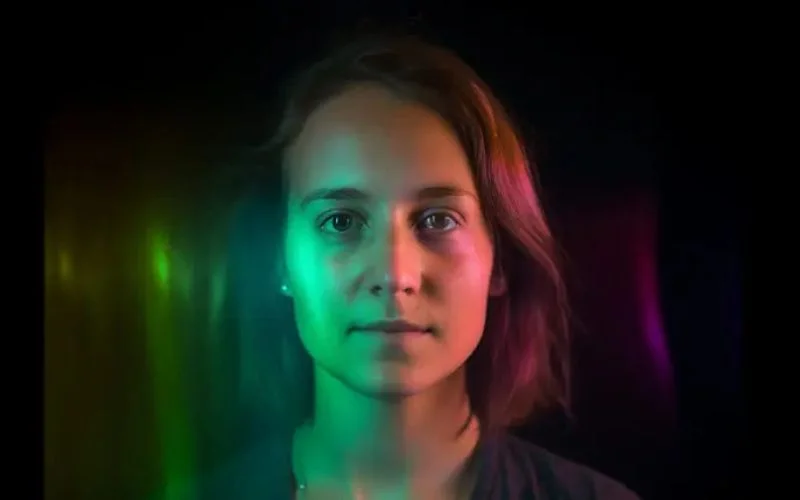
Aura photography cameras all use electrophotonic imaging, or gas discharge visualization (GDV). A soft electric impulse is generated by touching the camera’s sensor plate, which in turn causes an energy discharge.
The discharge invigorates the gas particles in the area around your fingertips, and the glow that is produced is captured with a high-speed camera. Special software ultimately translates the brightness and hue of the light into the aura photographs that you can see. It is a safe, painless, and nonintrusive method.
Aura Colors and Meanings: Decoding Your Energy Spectrum
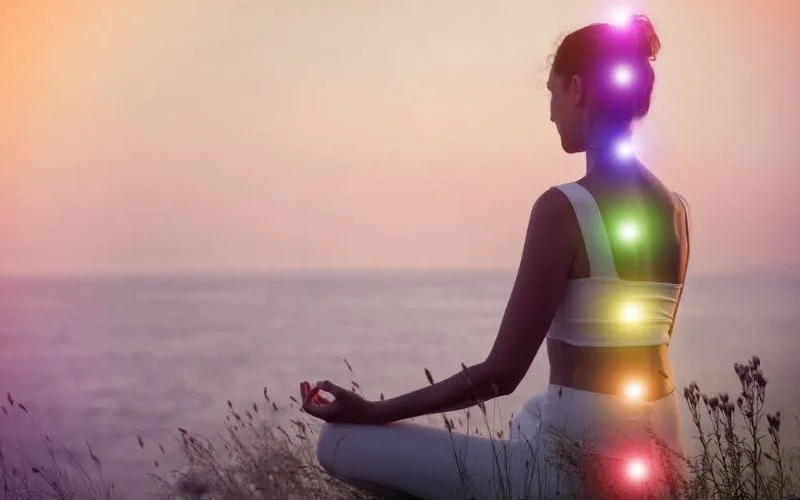
Auras pulse rather than shine. This is because a person’s aura is the result of various energies that are emanating from them constantly. Each one vibrates at a different speed. This accounts for the different colors you see when you use an aura photography camera.
The colors are not like a static self-portrait but are a constantly shifting spectrum you can learn to read. Understanding aura colors and their meanings helps explain these shifts on a deeper level. Each color has an interpretation that provides the key to your current mood, health or personality and the condition of your natural talents and shortcomings.
This renders aura photography an indispensable resource for the individual working on self-improvement because it identifies delicate mood shifts as clearly as the direction to follow.
1. Red Color
At the deep end of the spectrum, red gives a sense of stability and life. An intense, bright red often shows strong physical energy and steady determination—think of an athlete running to the finish line. On the other hand, a light or faded red can suggest hidden stress, quiet anger, or a need to pay attention to your body’s needs.
2. Orange Color
Next, orange shines with creativity and friendliness, like friends laughing together at a dinner party. A bright orange aura shows excitement and emotional balance, while a dull, faded tone may mean restlessness or an urge for new ways to express oneself.
3. Yellow Color
Then comes yellow, sparkling with happiness, intelligence, and curiosity. If yellow is bright and clear, you may feel extremely positive and eager to learn, perhaps initiating something new or reading scores of books. If the yellow appears fuzzy or unclear, it might indicate anxiety—and perhaps you need to slow down, get peaceful, and get clear again.
4. Green Color
Green, the heart color, indicates nurturing and healing. In the clear emerald green hue, an aura most frequently indicates balance and harmony, with the relationships and self-care compatible with each other. In the green with an olive tint, emotional issues or old hurt might be indicated requiring gentle healing.
5. Blue Color
Blue envelops you with communication and calm. A sky blue patch close to the area of the thymus may mean that you are honest, transparent, and receptive, but deep navy may suggest you are exploring deeply inside yourself or that you are an introspective person.
6. Indigo Color
Indigo introduces intuition and spirituality. A strong, clear indigo aura assertively declares psychic abilities or inner wisdom, while a weak, grayish hue of indigo indicates that intuition feels stuck and would do well with practices such as meditation or journaling.
7. Violet Color
Violet surrounds change and spirituality. A strong violet radiance often precedes an awakening, as if you are embarking on a new phase of consciousness. If violet is weak or blurry, it can show doubt or procrastination along that path.
8. White Color
White completes the spectrum with purification and safeguarding. A clear white aura communicates powerful spirituality and definite direction, while grayed or cloudy white can be a sign of mind or energy fatigue that calls for rest.
9. Brown & Black Color
Finally, an aura that’s made of browns and blacks signifies grounding and depth. However, one with small doses of earthy browns signals stability and a connection to the material world. Dark tones suggest emotional shadows. They reflect stress and it could be weighing you down.
You might also like: How to Smile for Pictures: Tips to Look Natural Every Time
How to See Your Aura and Move Into Aura Photography?

Learning to perceive your aura through the eyes alone requires a little bit of practice. For instance:
- Begin in a room that isn’t extremely lit, and select a simple, light-colored wall.
- Relax, soften your gaze, and stand about a foot from the wall.
- Attempt to look just beyond your reflection—gaze at that wall beside you rather than at yourself.
- After a while, you should begin to observe a gentle radiance or fog around your silhouette.
With continued practice, you’ll improve at recognizing those subtle vibes of energy and begin to catch that aura coloring far more easily.
Also check out: 30th Birthday Photoshoot Ideas To Capture Your Milestone In Style
How Do You Take Advantage of An Aura Photography Camera?

Aura photography involves taking biofeedback from your fingertips and creating a colorful visual of your energy from it. Special cameras interpret electrical conductance and temperature shifts with electrophotonic imaging and superimpose those impulses over a picture for you. Here’s how it works:
- Hand Sensor Reading: Sensors beneath each fingertip detect electrical and thermal variations linked to the body’s seven chakras.
- Color Mapping: There are special software solutions that pick colors depending on how strong and spread out the signals are, and each fingertip is linked to a specific energy center.
- Double Exposure: Takes a traditional portrait beforehand and superimposes the identified color field as a double exposure, with smooth aura halo.
The last image depicts the predominant colors near the shoulders and head, which correspond to states of mind and spirit, and there are also bands of color near the hands that indicate how the chakras are functioning and where the energy is coming from.
In order to achieve uniform, meaningful aura pictures, prepare physically as well as plan your surroundings. Here’s what to do:
- Be sure to avoid caffeine and strenuous exercise at least an hour before your session. It will prevent you from over-sweating as well as becoming hyper.
- Take a few minutes for quiet contemplation or gentle breathing to clear your mind and feelings.
- Ensure you organize ambient lighting and keep it low but not producing shadows.
- Have a focus area or question, like about creativity or relaxation, before you read to give meaning to your reading.
Now that you grasp how aura pictures are captured and embrace these tips, you’ll shoot crisper, more-accurate photos that reflect your energetic aura more effectively.
You might also like: How To Make Photos Look Like Film: Tips & Tricks
How to Read Aura Photo: A Step-by-Step Guide
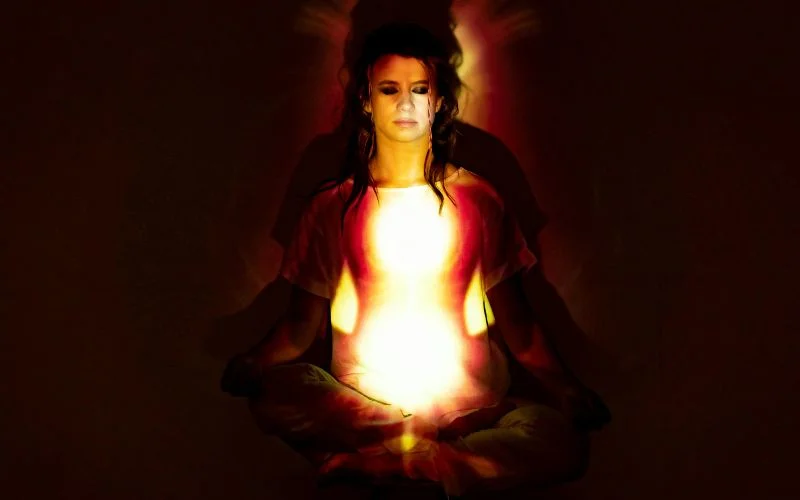
Interpretation of an aura photograph is akin to a new mode of seeing light and color. By following a clear process, you soon feel empowered to grasp your special energy. Here are the steps to follow:
- Check Out Your Top Colors: Begin with checking the most obvious color near your shoulder and head. That primary color indicates how you feel today, whether stressed out, ultra-imaginative, active, or simply relaxed.
- Check Out The Color Changes: Notice how colors mix around your arms and body. When you see smoother, gradual changes, it usually means everything’s flowing well. But if you spot sudden shifts or harsh lines, that could point to some tension or issues inside that might need some help.
- Chakra Colors: Take a look at the colors on the tips of your fingers since most aura cameras connect sensors with seven large chakras.
- Assess Overall Brightness: Consider how rich and vivid the entire aura field appears. A vivid, sharp aura tends to indicate energy, balance, and a positive condition, while a flat, spotted, or fuzzy appearance might indicate weariness, emotional issues, or imbalanced areas.
- Keep Your Own Life in Mind: Lastly, incorporate current experiences to the readings. Think about some major events, feelings, or changes in health that may alter perceived colors. Keeping a journal to document every session and what is happening in your world will reveal patterns and growth over time.
Through these steps—finding colors, observing changes, examining chakras, checking for brightness, and reflecting upon your situation—you turn a simple aura photograph into a rich picture of your inner self. With time, you’ll come to trust what you observe and apply these insights to better understand yourself and develop a more confident personality.
Are Aura Colors Important for Personal Growth?
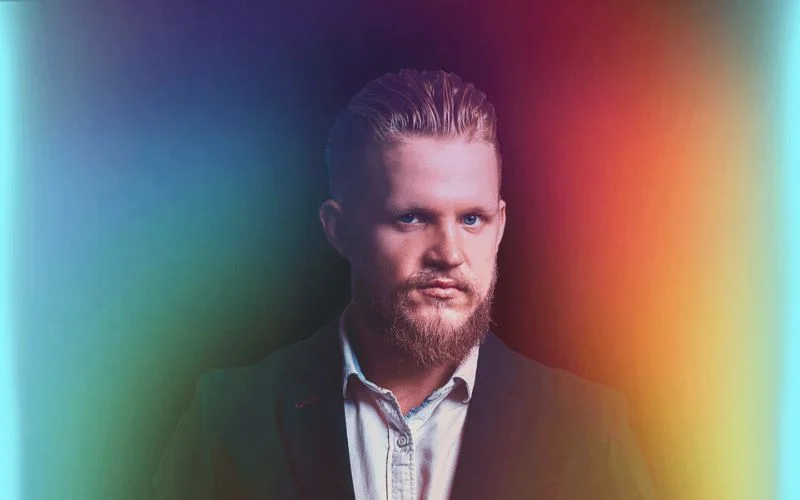
You might be asking how does aura photography work for me, how can colors be important for my personal growth? Essentially, aura photography works by reflecting your inner world, helping you recognize how the shifting colors in your aura are reflecting your well-being.
The photos give you real-time feedback on things like your stress levels. They reveal how you are reacting to the world and its pressures, like project deadlines that turn auras red, or meditation retreats that turn them a deep blue.
Used regularly, aura photos become an accurate historical record of your energy. You can use them to pinpoint patterns and from there, intentionally cultivate balance or healing.
Furthermore, aura photography helps you manage your daily self-care and foster your overall well-being. To gain maximum advantage:
- Establish a goal for what you’d like to work on each week
- Use the photos to compare and contrast and keep track of the changes to your aura
- Enhance your meditation by emphasizing your dominant color as you work on your visualizations
- Target the underactive chakras the photos revealed
- Use the photos to seek fresh perspectives on your aura from friends and practitioners
Common Misconceptions about Aura Photography

Although many people believe aura photography will show them a literal energy field, this is not how to see your aura. Although the colors have spiritual significance, it’s a scientific process that involves interpreting biofeedback signals. It is shaped by personal context and still somewhat restricted by what’s scientifically possible.
Even so, if someone wants to know how do aura photos work, you can confidently offer them the following:
- Yes, aura photography captures ‘true’ auras, but it’s not because of some supernatural force. It’s by science. The picture is ‘taken’ by sensors placed on the skin.
- No, the colors do not dictate personality traits. The differing hues reflect a body’s momentary state, like feeling stressed or nervous or content and at rest.
- No, you can’t just use any old camera, not even the latest smartphone or app. They can’t read the biofeedback and do nothing more than simulate an aura. Genuine readings require specialist equipment and highly specific complex algorithms.
- No, the state of your aura can’t be considered in a medical assessment. An aura camera offers symbolic insights into your health and well-being. It wasn’t designed to be used as a medical device.
Check out this masterclass: Moments & Meaning: Capturing the Human Element On The Street
Incorporating Aura Insights into Daily Life

By making use of all the insights related to your aura, you can take practical steps to improve your daily life. For instance:
- Morning Check-Ins: Do a quick aura shot every morning to discover your intentions based on how you feel.
- Relationship Awareness: Compare auric colors with mates or partners to identify complementary energies and potential conflict areas.
- Creative Boosts: If low orange or yellow appears in your aura, plan creative pursuits or workshop sessions to help restore imagination.
- Employees’ Stress Management: A spike in dark or reddish colors requires grounding techniques such as nature walks, breathwork, or soothing yoga.
Check out this masterclass: Understanding The Power Of Masks In Photoshop
Conclusion
Aura photography gives you an instant visual indicator of your spiritual, emotional, and mental energies. Gaining insight into the meaning of aura photography can aid in better self-identification, self-improvement, and overall body awareness.
Viewing your aura is sometimes an eye-opener. But accepting the colors of the soul and taking the hint from your aura can set you on an enriching journey to self-discovery and empowerment.
Like this post? Check out more amazing photography content here.
Frequently Asked Questions
Q.1 What is aura and how does it work?
Ans. According to spiritual beliefs, an aura or energy field is a colored emanation said to enclose a human body or any animal or object. In some esoteric positions, the aura is described as a subtle body.
Q.2 Can anyone read or see auras?
Ans. Yes, many believe that anyone can learn to see or sense auras. It might take some time, practice, and patience.
Q.3 Are aura colors always visible?
Ans. Aura colors are not usually perceived by the naked eye. Aura photography or trained aura readers can help with visualizing or reading the colors of a person’s energy field.
Q.4 Can my aura color change?
Ans. Yes, aura colors can change over time. It highly depends on your mood, energy levels, and life experiences. Those colors and shades indicate your present state, not a permanent identity.
